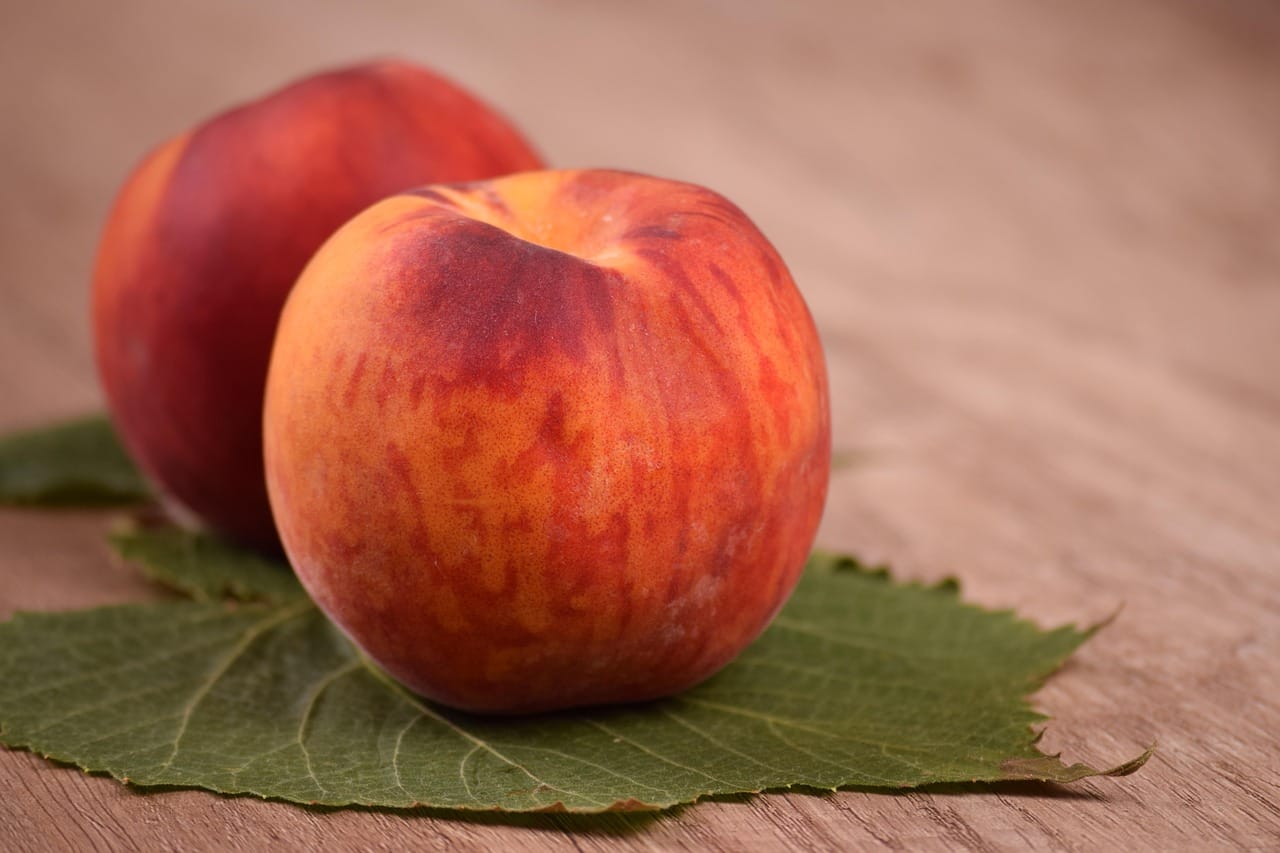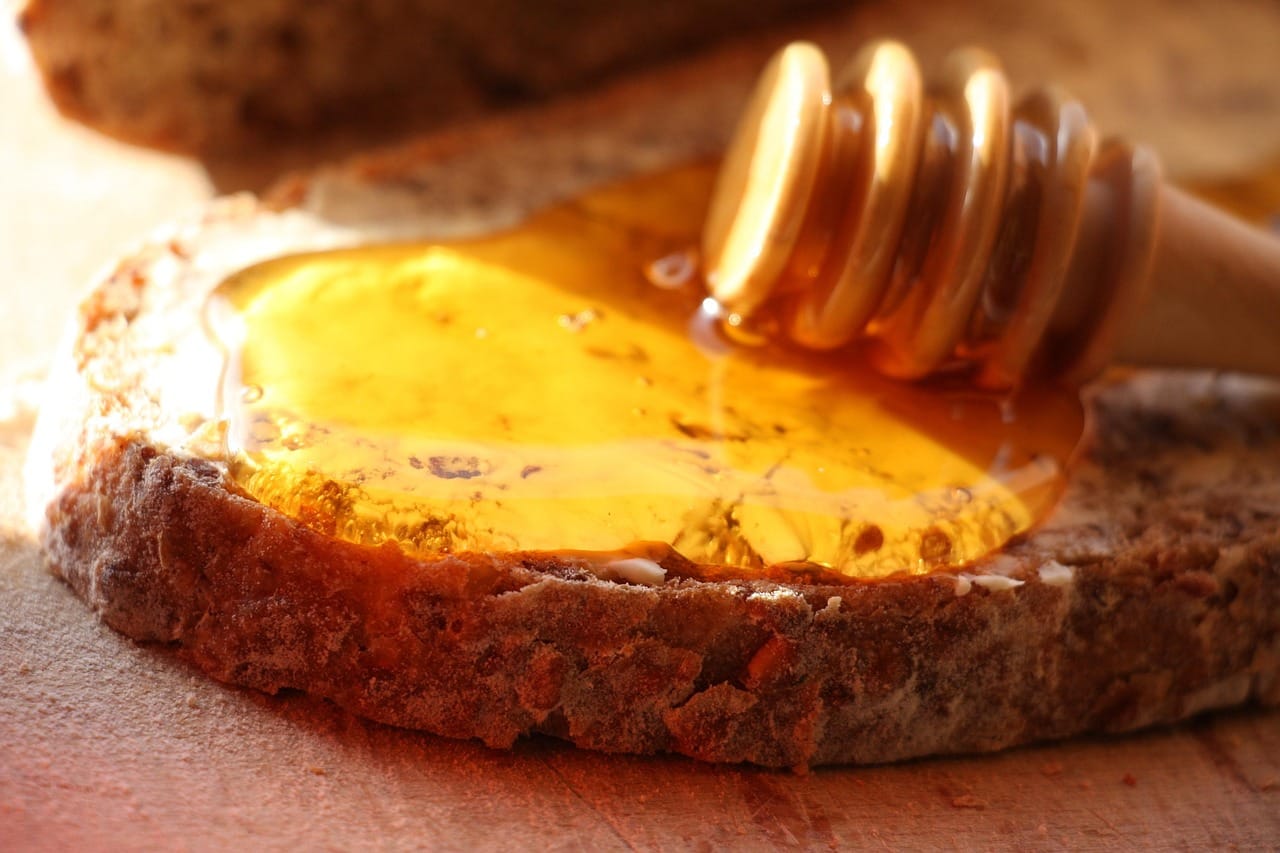Baking the perfect banana bread is a comforting ritual practiced in kitchens worldwide. More than just a recipe, it’s a way to transform overripe bananas into a delicious, moist, and satisfying treat. Whether you’re a seasoned baker or just starting out, this comprehensive guide will take you through everything you need to know to create the ultimate banana bread, from choosing the right ingredients to mastering the perfect baking technique. Get ready to unlock the secrets to a truly exceptional banana bread that your family and friends will rave about!
The Magic of Overripe Bananas
Why Overripe Bananas Are Key
- Sweetness: As bananas ripen, their starches convert to sugars, resulting in a naturally sweeter flavor. This reduces the need for added sugar in your recipe.
- Moisture: Overripe bananas are softer and more easily mashed, contributing to a moister and more tender crumb.
- Flavor Intensity: The riper the banana, the more pronounced the banana flavor will be in your baked goods. Those brown spots aren’t a sign of decay, but of delicious, concentrated flavor!
- Easy Mashing: Say goodbye to hard, starchy lumps! Soft bananas are a breeze to mash, creating a smooth batter.
- Practical Example: Imagine using a slightly underripe banana – the result would be a bread that’s less sweet, drier, and lacking that signature banana flavor.
How to Ripen Bananas Quickly
Sometimes the craving for banana bread strikes before your bananas are ready. Here are a few methods to speed up the ripening process:
- Paper Bag Method: Place bananas in a paper bag, along with an apple or avocado (which release ethylene gas, a natural ripening agent). Fold the top of the bag and leave at room temperature for a day or two.
- Oven Ripening: Preheat your oven to 300°F (150°C). Place unpeeled bananas on a baking sheet and bake for 15-30 minutes, or until the skins turn black. Let cool completely before using. Note that oven-ripened bananas can be a bit mushier than naturally ripened ones, but still work well in baking.
- Freezing: Peel and freeze bananas. When ready to use, thaw completely. The thawing process will make them extremely soft and mushy – perfect for banana bread!
- Actionable Takeaway: Plan ahead and let your bananas ripen naturally for the best flavor. If you’re short on time, use one of the quick-ripening methods.
The Perfect Banana Bread Recipe: Ingredients and Techniques
The Essential Ingredients
- Bananas: Obviously! Aim for 3-4 medium-sized overripe bananas.
- Flour: All-purpose flour is the standard choice, but you can substitute some of it with whole wheat flour for a nuttier flavor and added fiber. A 50/50 mix is a good starting point.
- Sugar: Granulated sugar provides sweetness and helps with browning. Brown sugar adds a richer, molasses-like flavor and contributes to a moister crumb. Using a combination of both is often recommended.
- Eggs: Eggs bind the ingredients together and add moisture and richness.
- Butter/Oil: Melted butter adds a delicious flavor, while oil (such as vegetable or canola oil) contributes to a very moist bread. You can even use a combination.
- Leavening Agents: Baking soda and baking powder help the bread rise. Make sure they are fresh for optimal results.
- Spices: Cinnamon, nutmeg, or a combination of both, enhances the flavor profile.
- Vanilla Extract: A teaspoon of vanilla extract adds depth and complexity.
- Salt: A pinch of salt balances the sweetness and enhances the other flavors.
- Practical Example: For a richer flavor, try using browned butter instead of regular melted butter. Simply melt the butter in a saucepan over medium heat, cooking until it turns a golden brown and smells nutty. Let it cool slightly before adding it to your batter.
Mixing Techniques: The Key to a Tender Crumb
- Creaming Method (for butter-based recipes): Cream together the butter and sugar until light and fluffy. This incorporates air into the batter, resulting in a lighter texture.
- Wet and Dry Method (for oil-based recipes): Combine the dry ingredients in one bowl and the wet ingredients in another. Then, gently fold the wet ingredients into the dry ingredients until just combined. Avoid overmixing, as this can lead to a tough bread.
- Mashing the Bananas: Mash the bananas thoroughly before adding them to the batter. A few small lumps are okay, but avoid large chunks.
- Gentle Mixing: The key is to mix until just combined. Overmixing develops gluten, which can result in a tough, chewy bread.
- Actionable Takeaway: Experiment with different mixing techniques to find what works best for you. Pay attention to the texture of the batter and avoid overmixing.
Baking Tips for the Perfect Loaf
Temperature and Time
- Oven Temperature: The ideal oven temperature for banana bread is typically 350°F (175°C).
- Baking Time: Baking time can vary depending on your oven and the size of your loaf pan. A standard loaf pan (9×5 inches) typically takes 50-75 minutes to bake. Smaller mini-loaf pans will bake much faster.
- Doneness Test: Insert a toothpick into the center of the bread. If it comes out clean or with a few moist crumbs attached, the bread is done.
- Statistic: Underbaked banana bread is a common problem. According to a recent survey, nearly 40% of home bakers struggle with getting the center of their banana bread fully cooked.
Choosing the Right Pan
- Loaf Pan Size: A standard 9×5 inch loaf pan is the most common choice. You can also use an 8×4 inch pan, but the baking time may need to be adjusted.
- Pan Material: Metal pans conduct heat more efficiently than glass pans, resulting in a more evenly baked bread.
- Greasing and Flouring: Grease the pan thoroughly with butter or cooking spray, then dust with flour. This will prevent the bread from sticking and ensure easy removal. You can also use parchment paper lining for easy removal.
- Actionable Takeaway: Invest in a good quality loaf pan and always grease and flour it properly.
Preventing a Sunken Center
- Accurate Oven Temperature: Ensure your oven is properly calibrated. Use an oven thermometer to verify the temperature.
- Avoid Overmixing: Overmixing develops gluten, which can cause the bread to sink in the middle.
- Proper Baking Time: Ensure the bread is fully baked. Underbaking is a common cause of sunken centers.
- Cooling Time: Allow the bread to cool in the pan for 10-15 minutes before transferring it to a wire rack to cool completely.
- Actionable Takeaway: If your banana bread consistently sinks in the middle, troubleshoot your oven temperature, mixing technique, and baking time.
Variations and Add-Ins: Elevate Your Banana Bread
Popular Add-Ins
- Nuts: Walnuts, pecans, or almonds add a delightful crunch and nutty flavor.
- Chocolate Chips: Dark chocolate, milk chocolate, or white chocolate chips create a decadent treat.
- Dried Fruits: Raisins, cranberries, or chopped dates add sweetness and chewiness.
- Spices: Add a pinch of cardamom, ginger, or cloves for a unique flavor profile.
Recipe Variations
- Vegan Banana Bread: Substitute eggs with flax eggs or applesauce, and use plant-based milk and butter.
- Gluten-Free Banana Bread: Use a gluten-free flour blend. Be sure to use a blend that contains xanthan gum, or add it separately, to help bind the ingredients.
- Chocolate Banana Bread: Add cocoa powder to the batter for a rich chocolate flavor.
- Practical Example: To make chocolate banana bread, simply add 1/4 cup of unsweetened cocoa powder to the dry ingredients. You may also want to reduce the amount of flour by the same amount.
Toppings and Frostings
- Streusel Topping: A crumbly mixture of flour, butter, sugar, and nuts adds a textural contrast.
- Cream Cheese Frosting: A classic pairing for banana bread.
- Simple Glaze: A mixture of powdered sugar and milk creates a sweet and glossy finish.
- Actionable Takeaway:* Get creative with add-ins, variations, and toppings to personalize your banana bread and make it your own!
Conclusion
Mastering the art of banana bread baking is a rewarding experience. By understanding the importance of overripe bananas, using quality ingredients, employing the right techniques, and experimenting with variations, you can consistently create delicious and satisfying banana bread that will impress your family and friends. Remember the key takeaways – ripen those bananas, avoid overmixing, and don’t be afraid to experiment with flavors. Happy baking!




